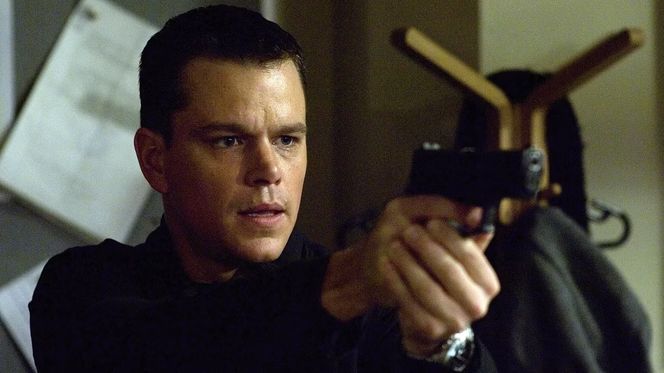MOVIE NEWS – Innovation sometimes emerges from unexpected situations. Doug Liman, the director behind The Bourne Identity, never intended to set a new standard in filmmaking. However, a last-minute decision to capture a scene inside a Parisian train station without permission gave rise to the now-iconic “shaky cam” technique. This approach, characterized by a handheld, unsteady camera, would later become a defining feature in the action genre, particularly in the subsequent Bourne movies. What began as a necessity-driven improvisation during production has since evolved into a visual style that filmmakers around the world continue to emulate.
During an interview with IGN, Liman reminisced about his favorite scenes from his career, citing a particular moment in The Bourne Identity as the genesis of the “shaky cam” aesthetic. This film, now hailed as a modern classic in action cinema, is noted for its distinctive visual style, with one scene standing out in particular. Around the 49-minute mark, Matt Damon’s character, Jason Bourne, is seen entering the Gare du Nord in Paris and examining the train arrival boards. The scene, while minor in terms of plot, visually distinguishes itself from the rest of the movie due to its impromptu nature.
“The reason that shot is so memorable is because we didn’t have permission to film there. I lacked both studio support and authorization from Paris to shoot in that location,” Liman explained. “Coming from an independent filmmaking background with movies like Swingers, I was used to capturing shots guerrilla-style, without official approval.”
Drawing on his indie filmmaking roots, Liman opted for a guerrilla approach, taking a small handheld camera to the station with Damon, without any extras, crew, or professional lighting. This spontaneous decision was risky, particularly given Damon’s fame at the time, but it ultimately paid off and caught the attention of other filmmakers.
“We had to work quickly, which gave the scene its shaky quality. People often associate The Bourne Identity with pioneering this shaky camera look. Although the sequels made more extensive use of the technique, the aesthetic truly originated from this necessity during that shot.”
Paul Greengrass, who took over directing the Bourne series after the first film, expanded upon the shaky cam technique introduced in that one scene, integrating it throughout the later movies. This dynamic energy became a hallmark of the Bourne series, inspiring countless other directors to adopt the style. But it all began with Liman’s need to get a shot under tight constraints.
Doug Liman’s Action Movie Legacy
Before The Bourne Identity, Doug Liman had already made a name for himself with critically acclaimed indie hits like Swingers and Go. The success of Bourne paved the way for him to helm major action blockbusters over the next two decades, each distinguished by its unique visual flair. Following Bourne, Liman directed Mr. and Mrs. Smith in 2005, an action comedy centered around assassins, starring Brad Pitt and Angelina Jolie. In 2008, he directed Jumper, a sci-fi thriller featuring Hayden Christensen (Star Wars).
In 2014, Liman directed the highly underrated Edge of Tomorrow, a creative blend of time travel, sci-fi, and alien invasion genres, starring Tom Cruise and Emily Blunt. He later worked on action films such as The Wall, Chaos Walking, and the Amazon reboot of Road House. Liman’s latest project, The Instigators for Apple TV, is an action-comedy that reunites him with Matt Damon. Damon, alongside his Ocean’s 11 co-star Casey Affleck, portrays a pair of robbers on the run after a heist goes awry. The film is set to premiere on August 9.
Source: MovieWeb


![[TGA 2025] Star Wars: Galactic Racer Focuses on High-Stakes Podrace Runs [VIDEO]](https://thegeek.games/wp-content/uploads/2025/12/theGeek-Star-Wars-Galactic-Racer-302x180.jpg)





![[TGA 2025] Resident Evil Requiem Brings Leon Back for a Double-Edged Nightmare [VIDEO]](https://thegeek.games/wp-content/uploads/2025/12/theGeek-Resident-Evil-Requiem-Leon-S-Kennedy-302x180.jpg)

![Screamer Locks In a Release Date, and the Real Fight Starts Before the Green Light [VIDEO]](https://thegeek.games/wp-content/uploads/2025/12/theGeek-Screamer-302x180.jpg)

![[TGA 2025] Star Wars: Galactic Racer Focuses on High-Stakes Podrace Runs [VIDEO]](https://thegeek.games/wp-content/uploads/2025/12/theGeek-Star-Wars-Galactic-Racer-300x365.jpg)



Leave a Reply